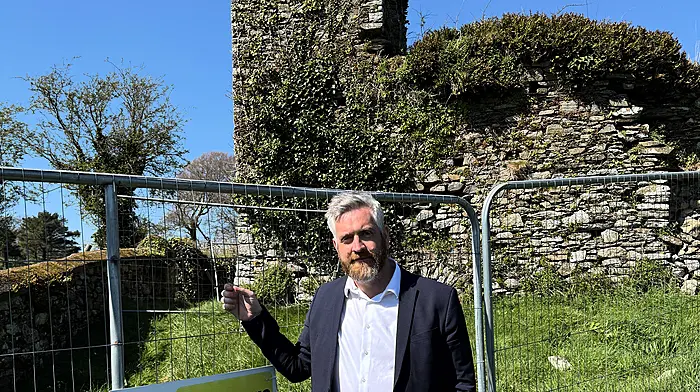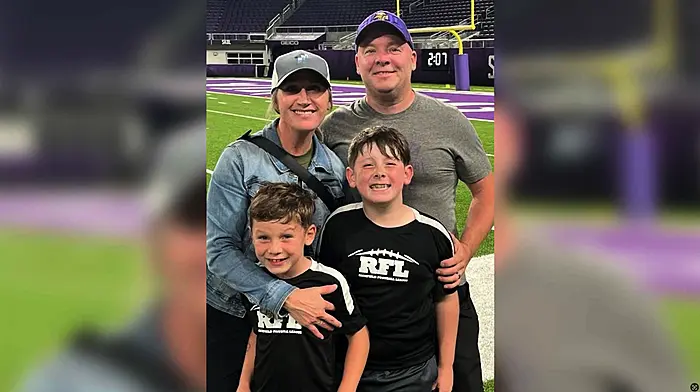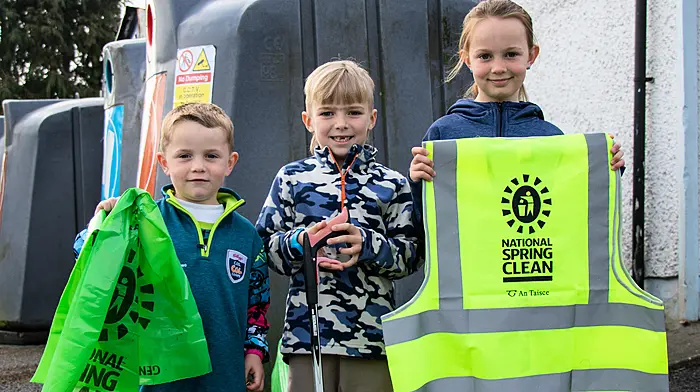Researchers are currently testing artificial intelligence systems in order to monitor grass growth from the air, so that farmers will know what fields to graze and when
WEST Cork farmers could be using hi-tech ‘dairy drone’ imagery to help them decide which fields to let their cows graze.
Researchers at Teagasc, UCD and DCU are currently testing the accuracy of physical and lab-based observations of grass growth, against new image-analysing, machine-learning models based on photos captured by drones and static cameras.
The aim is to produce predictive data of the yield and composition of grass growth on pastures.
This innovation is designed to help farmers determine the best time and which areas to allow their cows feed.
To date, the predictive models based on a simple photograph are resulting in 95% accuracy rates when compared to physical observations.
The research is funded by the VistaMilk SFI Research Centre based in Teagasc, Moorepark.
The senior Teagasc research officer on the project is Deirdre Hennessy from Barryroe. She says grass and pasture management is vitally important for the success of Ireland’s €5bn dairy industry.
‘It’s not as simple as letting the cows out to eat where and when they want. Farmers are constantly walking their fields monitoring grass growth, paying particular attention to its yield, composition, and its grazing suitability. They must determine when there are adequate quantities available to feed their animals while making sure they avoid having too much grass, leading to waste and poor quality or potential under-grazing.
‘This is very labour-intensive and time-consuming, and the research that VistaMilk is funding is designed to provide them with that information more easily and quickly.
‘Image-analysing, machine-learning algorithms will work with pictures captured by drones – and even satellites – in the future. The potential of what we can do will only be limited by our imaginations. We can theoretically look at sending out drone swarms that will return their information to a base in a matter of minutes, giving farmers in a whole county the results that will allow them to make better business decisions while farming more sustainably.
‘I personally think that would be some achievement and a sight to see, if and when it becomes viable. For now, we will continue to prove that our drone-captured imaging algorithms work and will leave the scaling up to the next generation of researchers that are following closely behind.’
The quality of Irish dairy is, in large part, due to the fact that the country’s cows are grass-fed. Currently 5,000 Irish farmers are using the grassland management app PastureBase Ireland to input their physical observations of grass growth and get results by the time they are finished walking their land. However, there are many factors that can skew the outcomes, including, for example, the subjectivity of observations made by different people.
Deirdre added: ‘ Knowledge of how your grass is growing and what else is in your paddock, such as clover, can make a huge difference to a farm’s profitability and sustainability. The imaging analysis work that is ongoing in VistaMilk, and with our partners, will make the process more accurate and automated, thereby making it easier for the farmer to make timely and correct decisions on how to manage their fields.’
Farmers who use PastureBase Ireland are already reducing the need to purchase supplemental food to feed their cattle. It is estimated that every tonne of extra grass grazed is worth in the region of €172 to a farm, which adds up to a substantial amount of money over the course of approximately 300 days of grazing each year.
Additionally, the improved understanding of the mix of grasses and other plants like white and red clover are reducing the requirement for artificial fertilisers and improving quality of winter silage. All the while resulting in increasing milk yields and quality of the end product manufactured in Ireland worth an estimated €5bn to the economy.
Deirdre concluded: ‘The ultimate goal is to create an app that uses a combination of physical observations, weather predictive models and automated grass imaging that will save time and money for the farmers.
‘While we are not there quite yet, the future is just around the corner.’








